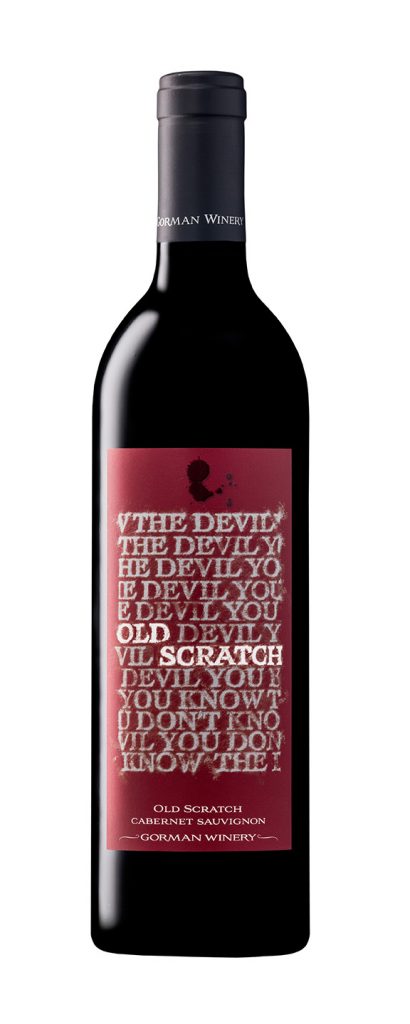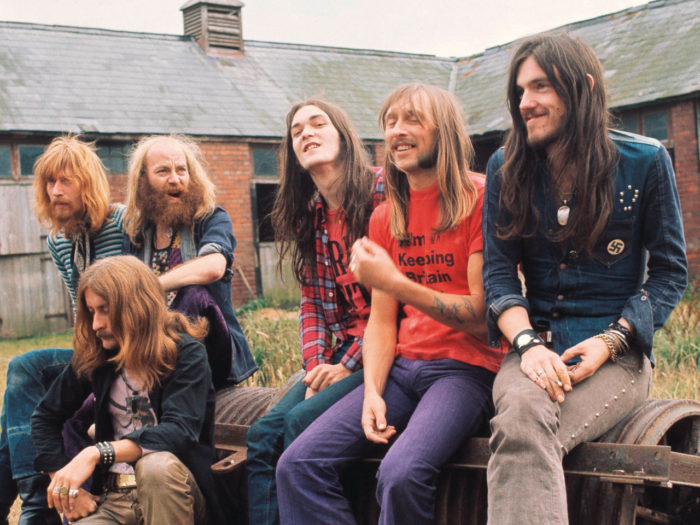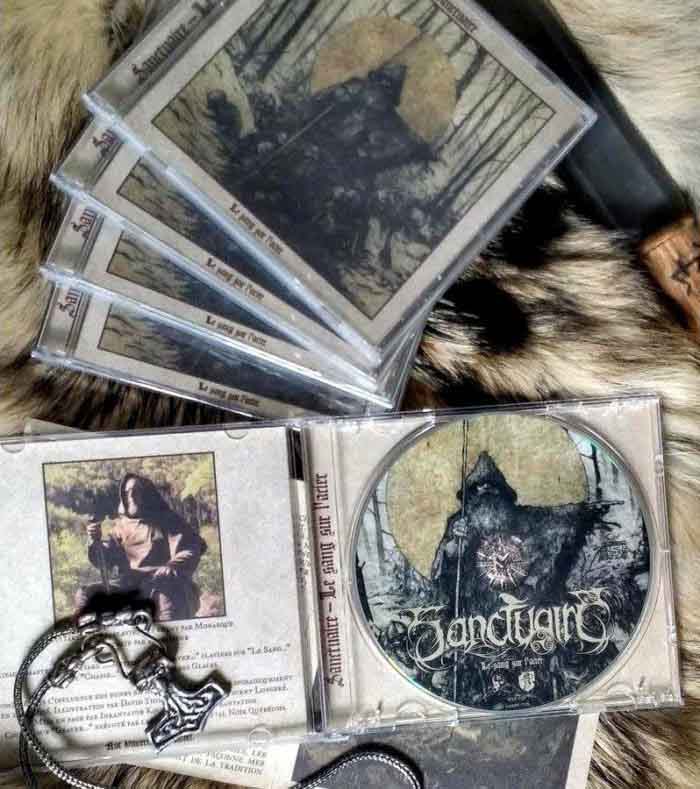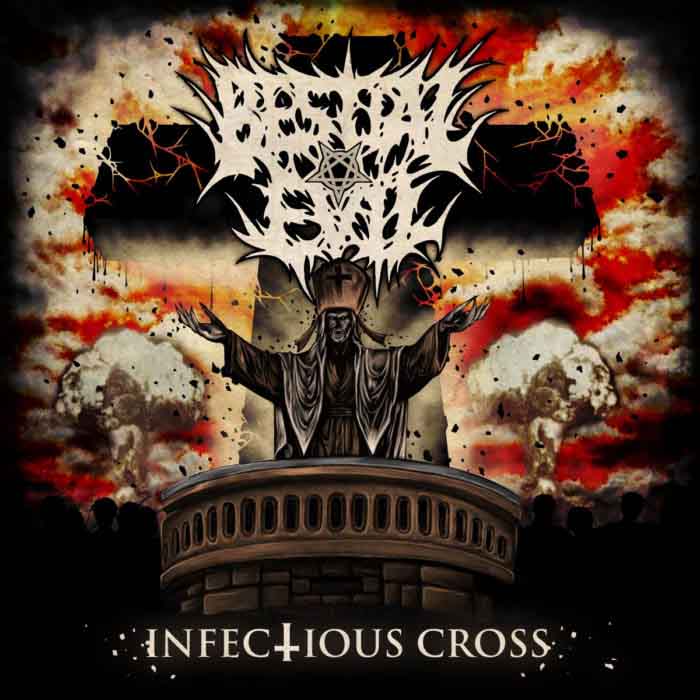My hipster/yuppie neighbors talked me into getting into wine. They like it because, per point of ABV, it is cheaper than beer and less abrasive than distilled alcohol. So we sat down by the hot tub and drank a few glasses, with the focus on “tasting” the flavor as we got steadily drunker.
(more…)
Tags: cabernet sauvignon, gorman winery, old scratch, swill, wine











